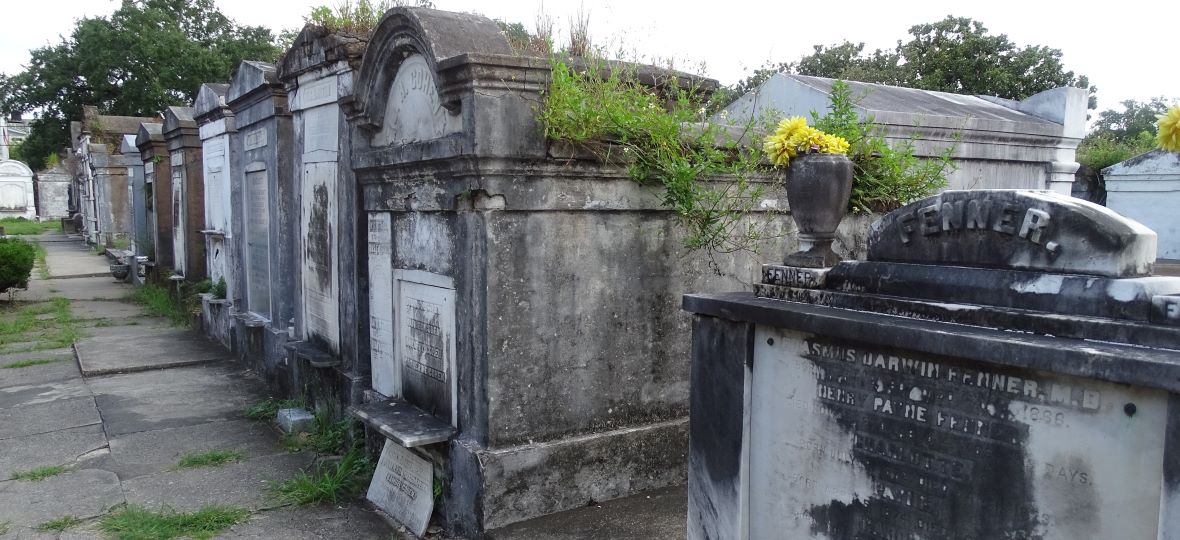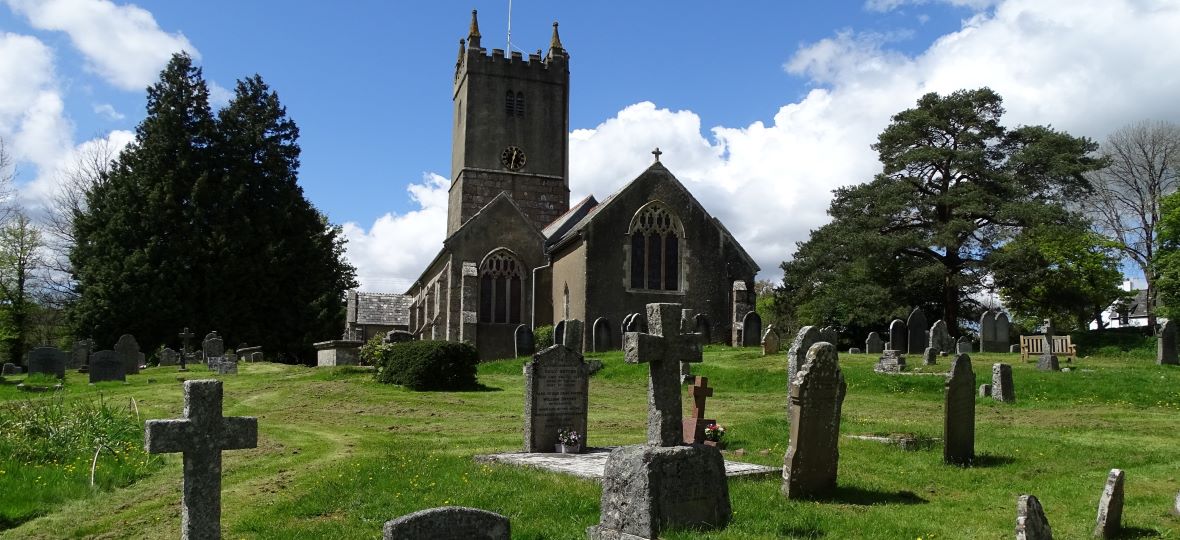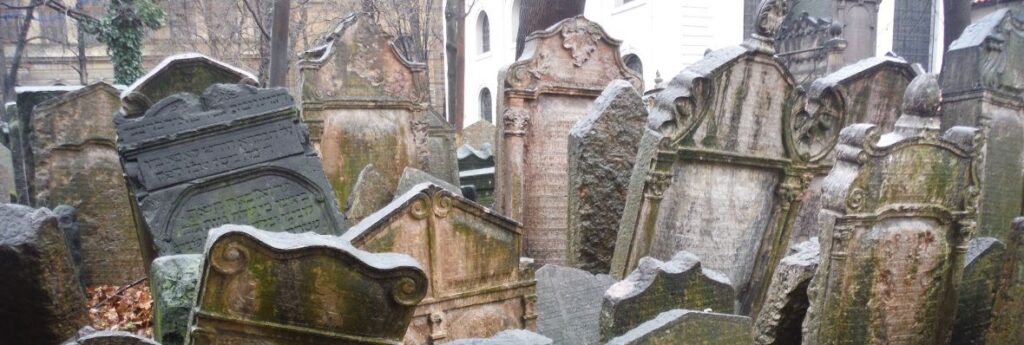Great cities live (and die, of course) by their cemeteries. Several million people, for example, actually reside in Cairo’s City of the Dead, and its corridors are even lined with shops. In Europe in particular I always head to local graveyards: so much history, so few (living) people, and each with their own character.
The Old Jewish Cemetery in Prague, for example, contains 12,000 headstones jammed helter-skelter in an implausibly small synagogue-yard. The tombstones are famously stacked and jumbled like Jenga pieces, symbolizing how the city’s Jews were crammed together in death as they were in life. The site is also the epicentre of the area that produced the legend of the golem, which in turn inspired Mary Shelley to write Frankenstein.
Paris’s massive Père-Lachaise Cemetery is the final resting place for the likes of Molière, Victor Hugo, Proust, and Edith Piaf; however, most visitors are content to follow the painted arrows (sadly on other people’s headstones) to the grave of the infamous “Lizard King,” rock star Jim Morrison. (An altogether different, and creepy, experience is found in the skull and bone-filled Paris Catacombs).
London has several worthy burial grounds – cemetery tour? – not the least fascinating Highgate, crammed with gothic graves and rich in art, architecture and landscape. Opened in 1839, it is famously home to Karl Marx, amongst others, and is still welcoming new guests.
Another of my favourites is Hietaniemi in Helsinki. It has its share of historical residents, and includes a large section devoted to fallen World War II soldiers, but I love the suitably serene surroundings – it’s like a park without the sunbathers, sports and rambunctious kids.
Military cemeteries, sadly, are ubiquitous, from Arlington in Virginia to rows of crosses in Normandy and the Punchbowl Cemetery in Honolulu, offering historical perspective – and memorial precision – on a grand scale.

New Orleans cannot be considered without a nod to its cemeteries – most notably St. Louis No. 1, resting place of the city’s most famous citizen, voodoo queen Marie Laveau. Lafayette No. 1 is another must-visit and a prime example of the city’s flood-resistant above-ground crypts. Cemetery tours here abound.
Meanwhile the Hollywood Forever Cemetery in Los Angeles attracts visitors chasing more modern Hollywood ghosts, and, while not a cemetery, Elvis Presley’s grave at his Graceland Mansion in Memphis is the most visited in the US.
From a purely religious perspective the Mount of Olives in Jerusalem holds special meaning to the faithful. Physically, the 3,000-year-old site is the oldest Jewish cemetery in the world with up to 150,000 graves. The Nazi death camp in Auschwitz in Poland is an equally moving (and horrifying) cemetery of sorts (but no graves).
Of course, great cemeteries are not limited to big or historical places or have to house famous residents. Thousands of small villages have plots that can be perused and churches around the world invariably reserve a few spaces in their grounds, often in nooks and crannies and improbable corners and where history presents itself even on often innocuous tombstones, which can tell fascinating stories or simply prompt musings of what those stories might be.
Of course, the list of unique and fascinating cemeteries around the world is nearly as long as the people who fill them.
Like the one at Haunted Mansion in Disney’s Magic Kingdom, populated by “graves” with epitaphs like this one:
“Here lies good old Fred, a great big rock fell on his head.”
The stories a tomb can tell…


